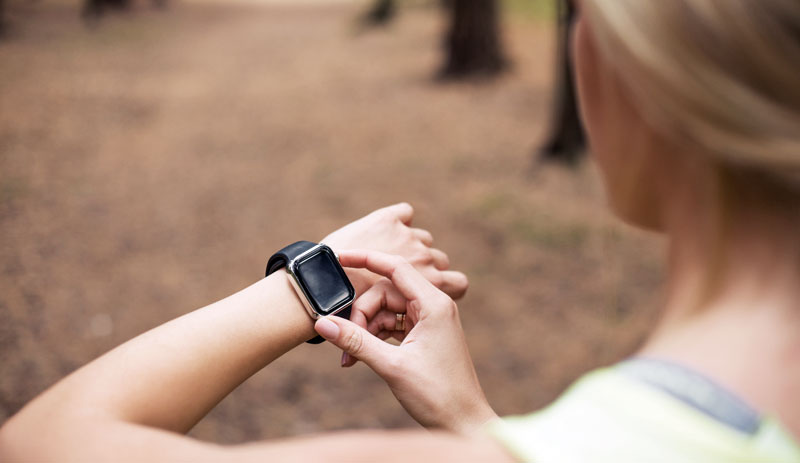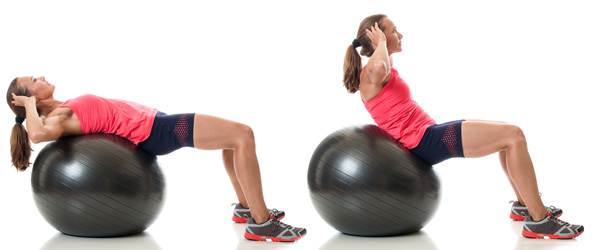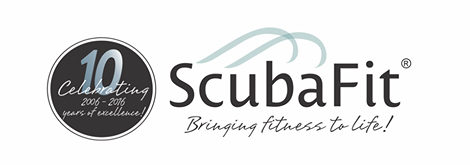Results are in from the American College of Sports Medicine (ACSM) Worldwide Survey of Fitness Trends for 2016. Not surprisingly, Wearable Technology, such as heart rate monitors and pedometers, ranks number one on the list. Body Weight Training, High-Intensity Interval Training (HIIT), Strength Training, Educated Fitness Professionals, Personal Training, Exercise and Weight Loss, and Yoga, round out the top ten. Also established as trends are Group Personal Training, Worksite Health Promotion, Wellness Coaching, Outdoor Activities, Sport Specific Training, and Flexibility and Mobility Rollers. Smart Phone Apps, Circuit Training, and Core Training appear towards the end with Outcome Measurements, of all things, appearing last.
Fitness programs that did not make the top 20 list and are now considered “fads” rather than “trends” are Post-Rehabilitation Classes, Worker Incentive Programs, Exercise for Overweight Children, Balance Training, Bootcamp, Indoor Cycling, Pilates, Running Clubs, Water Workouts, Groupon, Stability Ball and Zumba.
Why is this information helpful?
It is important to know that this is a fitness industry based survey and that, although they widely range in occupation, the largest representation is more than 25% personal fitness trainers and professionals with between 10 and 20 years of experience. This is great collective insight. Another thing scuba and free divers can take away from this survey is that to be considered a trend, the type of fitness must first make the list, remain on the top 20 list for years, and those nearer the top are ultimately the proven methods.
Some fitness facilities determine what type of classes and programming to offer based on ACSM survey results. While divers have a wide variety of group exercise to choose from, they may also be able to recognize fads and avoid those on the fringe. Many fusion classes are just new names mixed with odd combinations of exercise that are probably less-effective and perhaps high risk. Interestingly, it is too bad that Outcome Measures is last on the list. This means that doing pre-session fitness assessments, measuring inches and body composition, and close monitoring of progress doesn’t seem to be a high priority. Divers are best served by fitness professionals that help the diver demonstrate measurable results for dive safety and performance. Divers should expect this service as part of a paid training program. This may be why divers have difficulty sticking with a fitness program. Positive results are very motivating.

Divers are best served by fitness professionals that help the diver demonstrate measurable results for dive safety and performance.
The beginning of the new year is a time when divers start new exercise programs or recommit to existing fitness routines. Divers that are already practicing a fitness lifestyle may want to try something new. The challenge begins about six weeks into the new year when old habits, busy schedules, and demands of work begin to overshadow resolutions. Special diets are the first to go with exercise following quickly after. Sometimes it’s better to begin a fitness program for the upcoming year just before the Fall holidays such as in September when the kids go back to school.
Hopefully divers straying from the program over the holidays won’t do as much damage and still have a head start at the first of the year which in itself can be very motivating. Another good strategy is to wait until the first of February to begin a new program after things settle down from the holidays, schedules realign, decorations are put away and holiday food is gone. Now is the time to target goals toward spring diving and summer bathing suit season. Make sure that whatever the fitness program it supports cardiorespiratory fitness in the form of weight bearing aerobic exercise, nutrition that maintains a healthy body weight, strength training and stretching. Fit divers are safer divers, tend to dive more often and are more likely to advance their training.
____________________________________
Story by Gretchen Ashton
Gretchen M. Ashton, CFT, SFT, SFN, NBFE, is registered with the National Board of Fitness Examiners, and is an International Sports Sciences Association Elite Trainer; personal trainer, specialist in fitness therapy, specialist in fitness nutrition, and a world champion athlete. Gretchen is founder of ScubaFit LLC, developed the Comprehensive FitDiver®program, is an advanced scuba diver, nitrox diver, and co-author of the ScubaFit® Diver Course. She is an Expert Speaker for Los Angeles County Scuba Advanced Diver Program and Underwater Instructor Certification Course.
.



